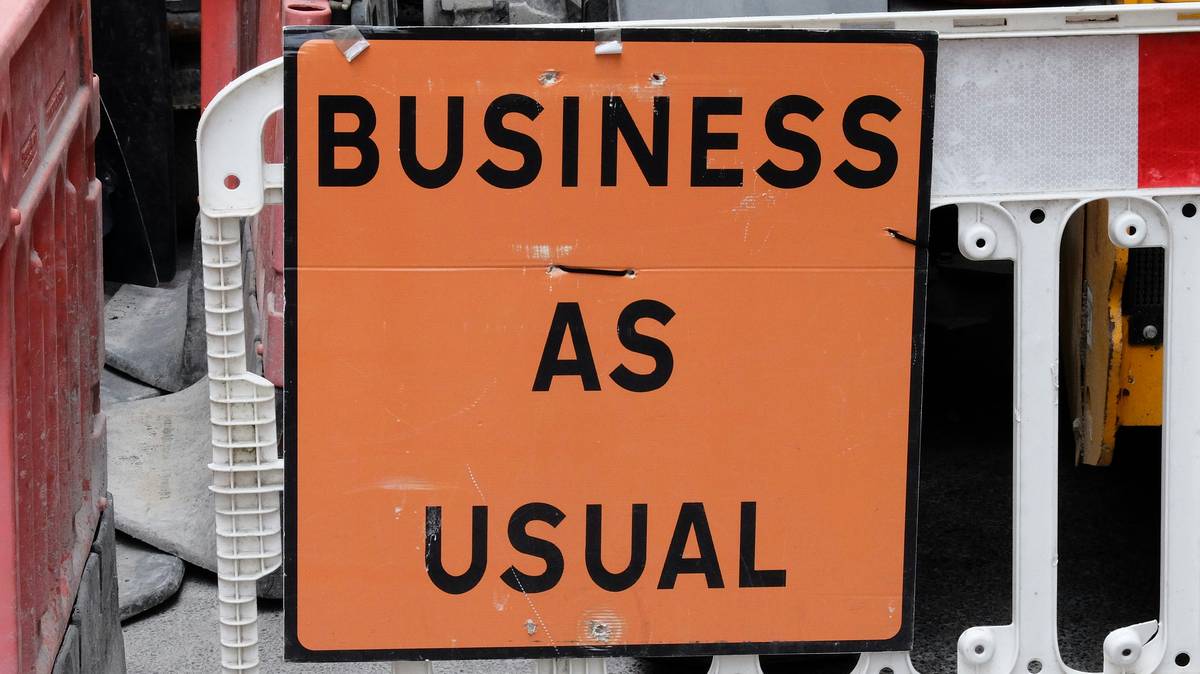Ever stared at a blank screen after a server crash and thought, “What now?” You’re not alone. A staggering 93% of companies without disaster recovery training go out of business within a year of a catastrophic data loss event. Yikes. In today’s digital-first world, fault tolerance isn’t just a buzzword—it’s the difference between thriving and tanking. And guess what? Disaster recovery training might just be your golden ticket to staying alive and kicking.
In this post, you’ll uncover:
– The hidden dangers of ignoring disaster recovery training.
– A step-by-step guide to building a rock-solid recovery strategy.
– Best practices so sharp they’ll cut through the chaos.
And as a bonus, I’ll share one terrible tip that’ll make you cringe—but hey, learning from mistakes is half the battle.
Table of Contents
- Key Takeaways
- The Problem with Fault Tolerance and Why You Need Disaster Recovery Training
- A Step-by-Step Guide to Building Your Recovery Strategy
- 5 Must-Know Tips for Effective Disaster Recovery Training
- Real-Life Examples: Who Got It Right (and Wrong)
- FAQs About Disaster Recovery Training
Key Takeaways
- Disaster recovery training ensures your business can recover from unforeseen failures—whether it’s cyberattacks, hardware malfunctions, or natural disasters.
- Fault tolerance is key to minimizing downtime, but only when paired with trained personnel who know how to execute the plan.
- Effective training programs include simulations, role-playing scenarios, and hands-on drills.
- Skip the fluff: Avoid generic advice that doesn’t account for your unique tech stack.
The Problem with Fault Tolerance and Why You Need Disaster Recovery Training
Fault tolerance is great… in theory. Imagine having redundant systems that keep humming along even if part of your infrastructure fails. Sounds like a dream, right? But here’s the catch: Even the most fault-tolerant system can fall flat if your team isn’t prepared to respond effectively.
I once worked on a project where we implemented cutting-edge backup servers. We thought we were invincible—until an employee accidentally deleted critical files during routine maintenance. No joke. It took us hours to figure out what went wrong because no one had been trained on how to restore data properly. Lesson learned: Fault tolerance means nothing without knowledgeable people behind the scenes.

“Optimist You:”* ‘Technology will save the day!’
“Grumpy You:* ‘Yeah, until someone clicks the wrong button.'”
A Step-by-Step Guide to Building Your Recovery Strategy
Here’s the deal: Every organization needs a custom disaster recovery plan tailored to its specific needs. Follow these steps to create yours:
Step 1: Assess Risk Factors
Start by identifying potential threats. Are you more likely to face ransomware attacks or power outages? Conduct a thorough risk assessment using tools like NIST’s cybersecurity framework.
Step 2: Define Roles and Responsibilities
Who’s in charge during a crisis? Create a clear chain of command and ensure everyone knows their role. Think of it as assembling your own Avengers squad—but instead of capes, they’ve got keyboards and coffee mugs.
Step 3: Develop Recovery Protocols
Create detailed instructions for each scenario. From restoring backups to notifying stakeholders, leave nothing to chance. Pro tip: Use flowcharts to visualize processes—it’s easier than deciphering walls of text.
Step 4: Test and Iterate
Run mock drills regularly to identify gaps in your strategy. Yes, it may feel awkward at first, but trust me—it beats scrambling during a real emergency.
Step 5: Invest in Training Programs
This is non-negotiable. Whether you enroll staff in formal courses or host internal workshops, make sure they understand the ins and outs of disaster recovery.
5 Must-Know Tips for Effective Disaster Recovery Training
- Simulate Real Scenarios: Role-play different crises, from DDoS attacks to floods. Make it immersive—use props if necessary (yes, water bottles can double as “floodwater”).
- Keep It Simple: Avoid overly technical jargon unless absolutely necessary. Remember, clarity saves lives—and data.
- Make It Fun: Gamify the experience. Award points for quick decisions or creative solutions. Think escape room meets IT ops.
- Prioritize Communication: Ensure everyone knows how to escalate issues and report updates. Slack channels work wonders for this.
- Review and Update Regularly: Tech evolves, and so should your training. Keep refreshing content to stay ahead of emerging threats.
Note: Terrible Tip Alert! One guy told me his “brilliant” idea was to skip testing entirely. His logic? “If everything goes smoothly, why bother?” Spoiler alert: This approach is a recipe for disaster. Don’t be that guy.
Real-Life Examples: Who Got It Right (and Wrong)
In 2017, Maersk Shipping faced a devastating NotPetya attack that wiped out thousands of servers worldwide. Thanks to a combination of offsite backups and well-trained teams, they managed to get operations back online within ten days—an impressive feat given the scale of damage.
On the flip side, consider the infamous 2012 Knight Capital fiasco. A simple software glitch caused $440 million in losses within 45 minutes—all because employees hadn’t undergone proper disaster recovery training. Ouch.

FAQs About Disaster Recovery Training
Q: How often should we conduct disaster recovery training?
A: At least twice a year. Frequent practice keeps skills sharp and ensures new hires are up to speed.
Q: Can small businesses afford disaster recovery training?
A: Absolutely. Many affordable online platforms offer comprehensive courses. Plus, DIY drills cost next to nothing if done internally.
Q: What’s the biggest mistake companies make in disaster recovery?
A: Ignoring human error. Systems are only as strong as the weakest link—and that’s often untrained staff.
Conclusion
Let’s recap: Fault tolerance is crucial, but it won’t protect you unless your team knows how to respond during a crisis. Disaster recovery training equips them with the knowledge and confidence needed to handle anything from minor hiccups to full-blown meltdowns.
So, take action today. Audit your current protocols, invest in training, and run those drills—even if it feels silly. Because when disaster strikes, you’ll thank yourself for being prepared.
Like debugging code late at night,
Disaster prep keeps stress far from sight.
Recover fast, then sleep tight.


